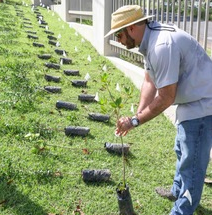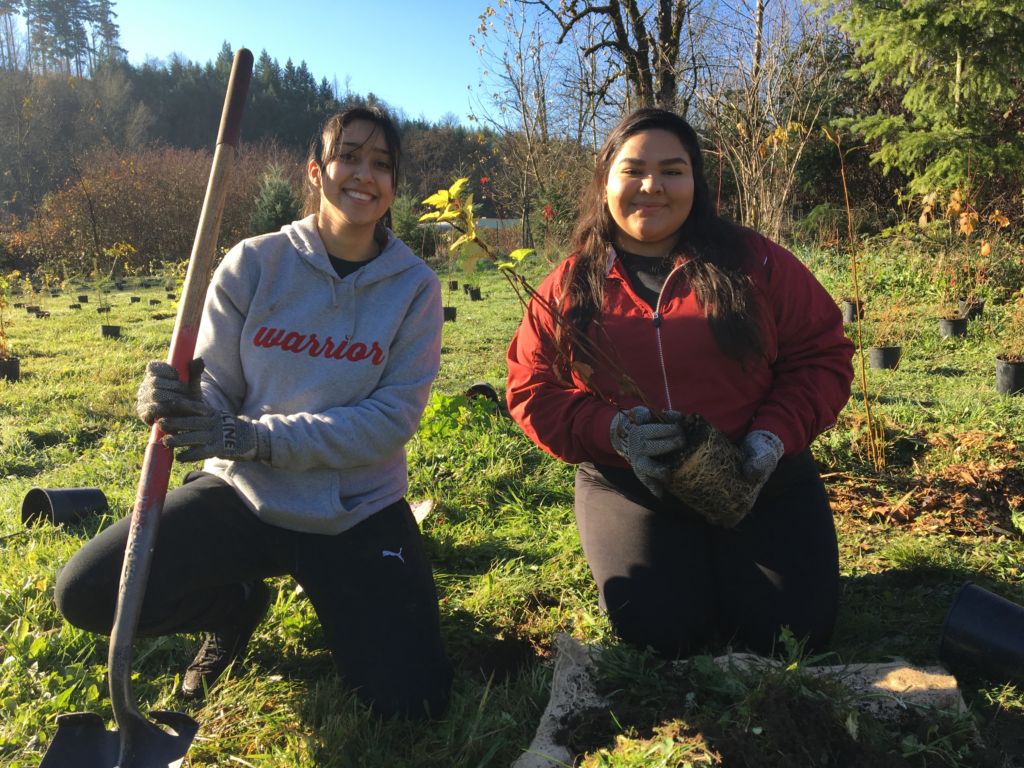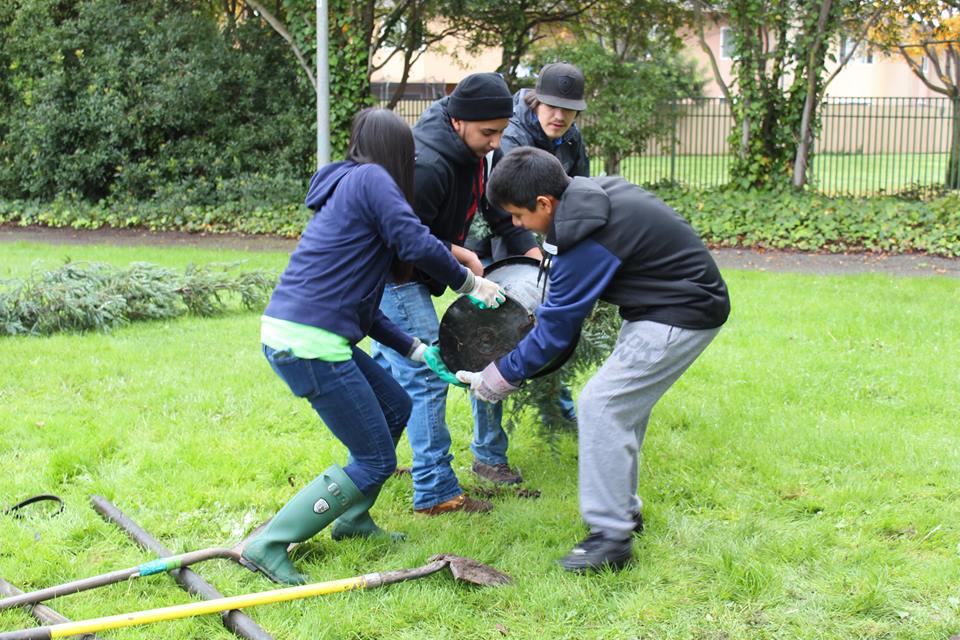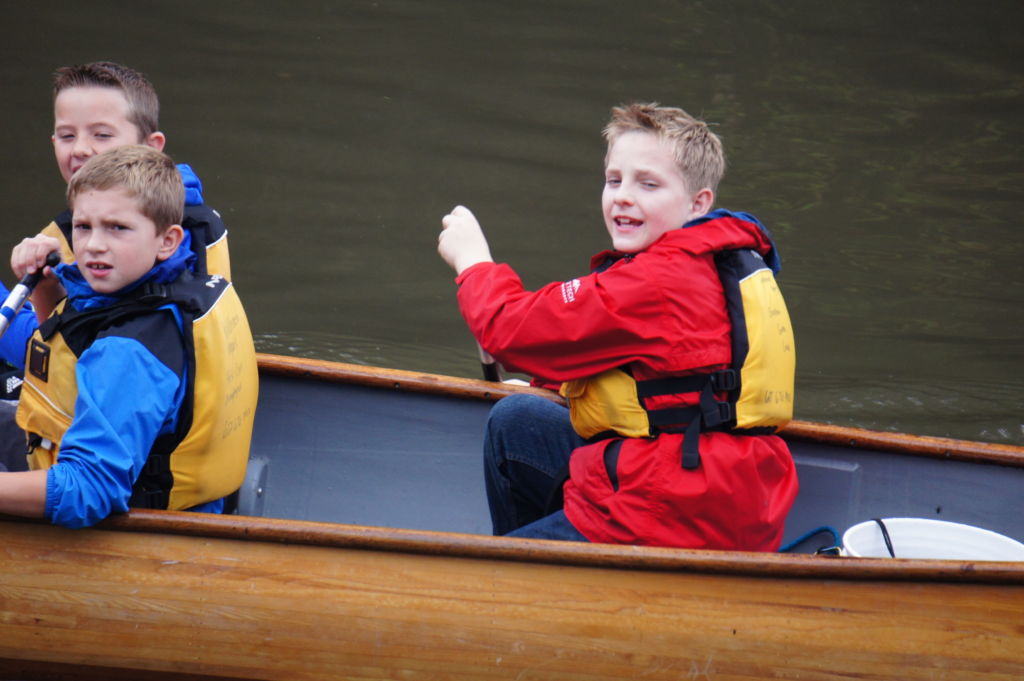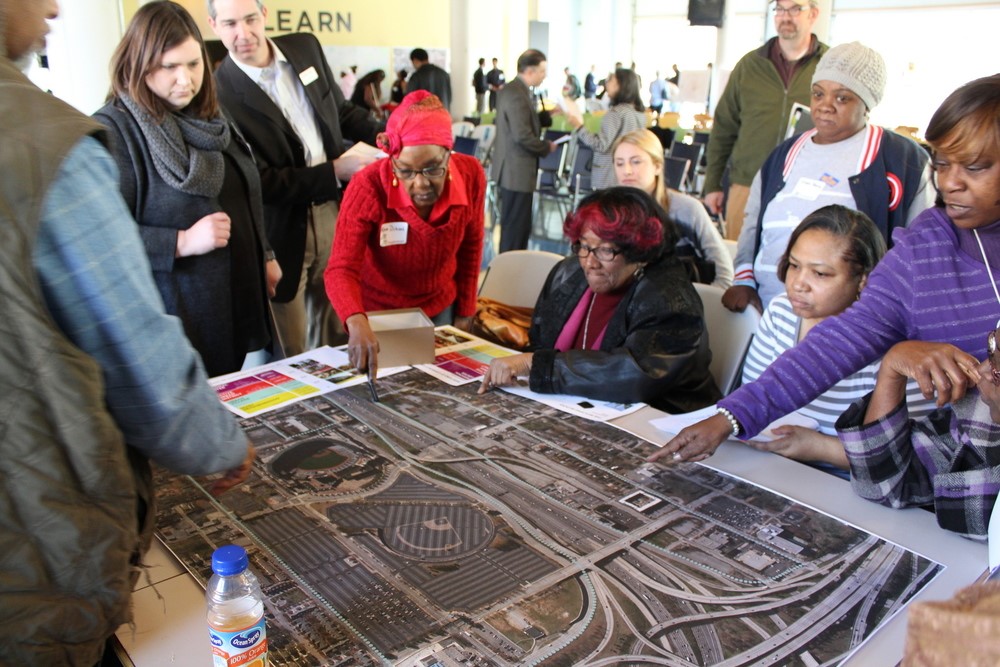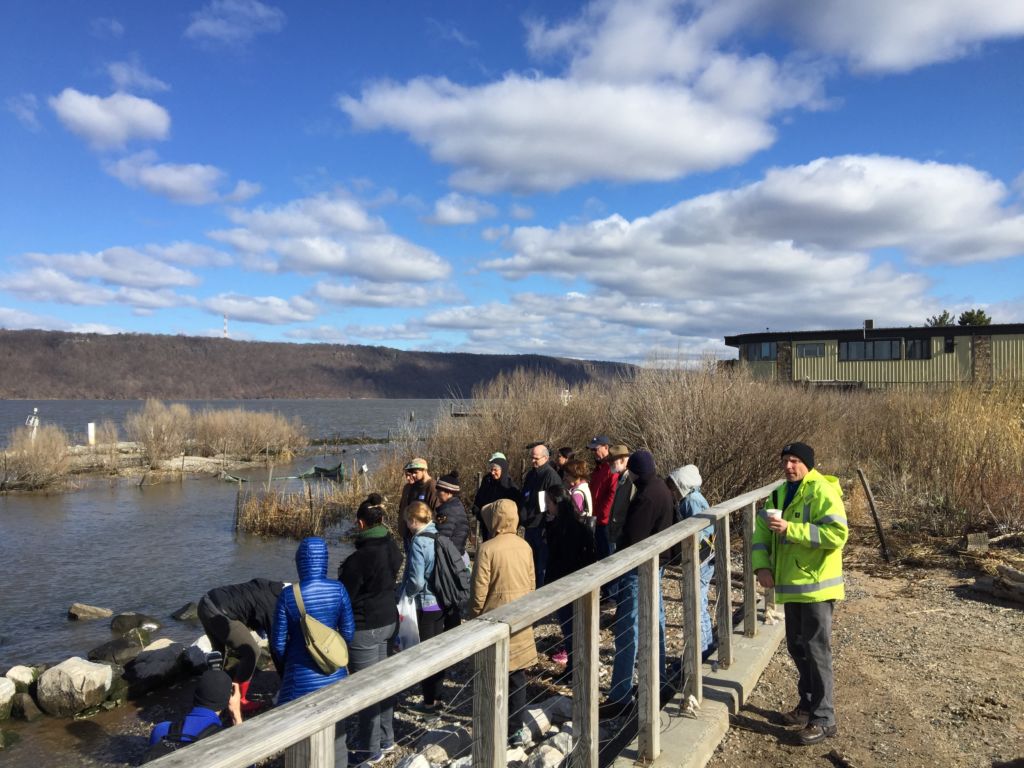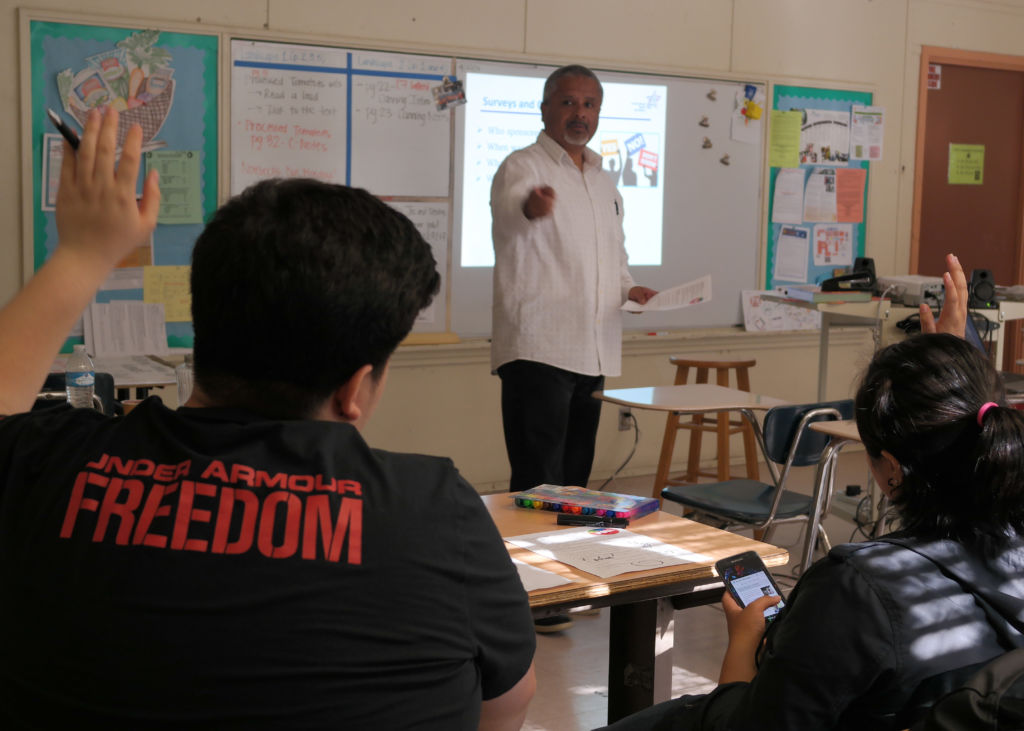Impact Story
February 14, 2019
When Hurricane Maria struck in September 2017, septic and power systems in the San Juan Bay Estuary failed and crucial habitats were destroyed as had been predicted by the vulnerability assessment conducted four years earlier. Although Estuario was prepared to respond, guided by the adaptation plans established in 2015, aging infrastructure, continued development in the watershed, and intense hurricane forces multiplied the impacts of flooding and water pollution. In the aftermath of the storm, it was very clear to Estuario leaders that aggressive actions needed to be taken to increase both the ecological and economic resiliency of the watershed. Estuario doubled-down on its efforts with #EstuarioRevive, an initiative designed to implement projects to monitor, restore, and increase the resilience efforts of the San Juan Bay Estuary.
November 29, 2018
Partnerships and strong communication between government agencies and non-government organizations are key elements to overcoming the barriers to revegetation efforts of the urban sections of the Green-Duwamish River. The Green the Green Network (GGN) was developed over the last year under leadership of the Urban Waters Federal Ambassador, the King County Lower Green River Basin Steward and representatives from Forterra and American Rivers. With the intention of formalizing a partnership with clear goals and direction, leaders created the GGN to implement coordinated revegetation efforts in the watershed.
October 15, 2018
Groundwork Richmond, established in 2010, is one of 20 Trusts within the Groundwork USA network. The organization plays an integral role in developing the greenway, greening the urban landscape, engaging the community, and educating youth. Environmental justice is also central to Groundwork Richmond’s programs, which benefit both the environment and the local community. Groundwork Richmond has formed strong partnerships with local organizations and agencies to provide meaningful job training and workforce development to build the Richmond Greenway and enhance urban forestry.
September 10, 2018
Together, partners in the Northwest Indiana area are leading people to the water. The LaPorte Soil and Water Conservation District (SWCD) – established in 1937 by the Indiana Soil Conservation Act – plays a vital role in both the Trail Creek Watershed Partnership and the Northwest Indiana Federal Partnership. They offer a variety of programs that educate and empower the community to take an active role in protecting their environment. In addition, the LaPorte SWCD is involved in watershed planning, advocating and implementing best management practices within the Trail Creek Watershed.
August 13, 2018
To further combat the impacts of CSOs, stormwater runoff, and pollution in urban watersheds, local organizations and businesses formed the RI Green Infrastructure Coalition (GIC) in 2014. The Coalition is made up of nearly 40 local businesses, non-profits, and government offices in the Providence-Metro and Newport-Aquidneck Island areas. They are forming partnerships and using green infrastructure to decrease stormwater flooding, address climate change impacts, enhance water quality, and promote equity in urban watersheds.
July 13, 2018
Environmental Community Action, Inc (ECO-Action) – a grassroots organization that works with people to fight for their rights to clean air, land, and water – acts as a support system to the communities they serve by providing resources and creating partnerships with other organizations. They have developed many programs designed for educating and empowering the Proctor and Intrenchment Creek watershed communities to advocate for equity and environmental protections. Among their initiatives, ECO-Action is heavily involved in community education and advocacy towards the implementation of green infrastructure projects that address stormwater flooding issues and provide more livable neighborhoods for underserved communities.
June 20, 2018
In 2013, the Proctor Creek Watershed was designated by the EPA as an Urban Waters Federal Partnership location, with goals to engage the community while improving water quality, providing green spaces, and supporting green infrastructure. The Conservation Fund was awarded an EPA Urban Waters Small Grant in 2016 to work with residents and multiple organizations of the Proctor Creek Watershed to create green infrastructure solutions that benefit the community and the environment.
May 24, 2018
To further understand the severity and sources of bacterial pollution in the four urban subwatersheds in the Hudson River Estuary, Sarah Lawrence Center for the Urban River at Beczak (CURB), supported by an EPA Urban Waters Small Grant, created the Lower Hudson Urban Waters Collaborative. Partnering with Riverkeeper, the Hudson River Watershed Alliance, and the Bronx River Alliance, the Urban Waters Collaborative created a strong partnership in the Lower Hudson Valley in which the organizations share experiences and combine data resources with the goal of strengthening stewardship and community science capacity.
April 9, 2018
Los Angeles River Watershed: Climate, Pollution, and Policies The Los Angeles (LA) River watershed covers an area of 854 square miles, originating in the Santa Monica, Santa Susana, and San […]
March 16, 2018
With new water uses in these sections of the LA River and more revitalization on the horizon, water quality monitoring for public health and community engagement becomes chiefly important. Heal the Bay – an organization based in Santa Monica, California – has a strong history promoting environmental awareness and advocating for public health through their Beach Report Card program. Over the years they have found that when people are informed about water quality issues, they are more motivated to take care of their environment. In cooperation with students from Los Angeles Trade Technical College (LATTC) and funded by EPA’s Urban Waters small grant program, Heal the Bay expanded this initiative to create a River Report Card for the LA River and other freshwater areas where people recreate and swim.

